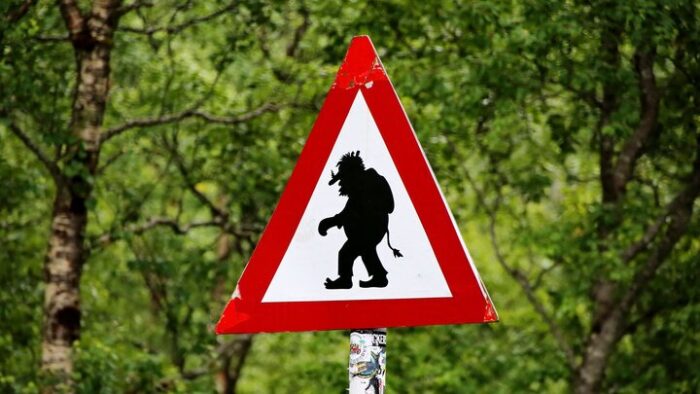
The study “Journalists’ Views and Management of Dark Participation” by Ahmed Al-Rawi from Simon Fraser University and Taeyoung Kim from Loughborough University interviewed 15 Canadian journalists on their experiences with dark participation practices, particularly in relation to to hate speech, dis- and misinformation, and trolling.
Dark participation refers to various forms of misconduct on user-generated content (UGC) involving posting on news organizations’ websites or their social media platforms. Even though there are efforts to curb hate speech and misinformation, dark participation is a serious social problem as it disrupts other participation and also incites hatred and discrimination against minorities.
The term “dark participation” has appeared in previous research, such as in the one by Quandt (2018). According to Conlin & Roberts (2016), it can lower the credibility of news sites. It is spread by “bad actors”, who can be revealed in several ways. Simple swear words are often mere misconduct, but more sophisticated hate speech exists that often require moderation.
All in all, dark participation is a threat to the fundamentals of journalism and further, can advance a dim view towards the audience by journalists. The problem is not easy to solve, as efforts to curb dark participation can lead to decline in freedom of expression and restrict the connection between journalists and audiences.
In Canada, the news outlets maintain the right to delete and edit content made by users if it violates the terms and conditions. Some, like CBC, have closed the comments section. Others, like The Globe and Mail have a premoderation system. Others like CTV and Global TV have a post-moderation system. Many companies outsource the management of moderation to specialized companies. As already evidenced by the above, it remains a fact that there are no universal guidelines for content moderation in Canada.
The research question for the study was “How do Canadian journalists perceive the different negative aspects of dark participation by online news users and how do they deal with it?” The authors contacted over 30 Canadian journalists and 15 agreed to the study. Semi-structured, hour-length interviews were conducted.
Many interviewees complained about the difficulties in categorizing UGC as dark participation as many were quite subtle – some users who may have been bad actors had learned to express their views in ways that are not explicit and thus hard to pick by algorithms and human moderators. Some also complained that the third-party moderators did not work well enough and there were not enough people to moderate.
Participants revealed that they received “bucketloads” of complaints from the users which were then deleted. While banning people outright might hurt the business, some were skeptical about UGC as a whole, wishing for simpler times when there was none.
Managing UGC was difficult, and the effect of controversies over misinformation was that people paid more attention to the controversy than the original issue, thus distracting from journalism.
Dark participation has brought rampant incivility that disrupts journalistic work. Some bad actors were trying to convince others that an event did not occur – spreading misinformation – while others were clearly trolls and enjoyed getting people riled up. Many agreed that harassment and trolling did disrupt journalism. However, some stated that they did not pay much attention to dark participation.
There is also the threat to Canada’s multicultural fabric and diversity that comes with dark participation, the journalists agreed. Hate speech could perpetuate issues of misrepresentation and underrepresentation for various minorities, ethnic, gender, and racial. Some interviewees expressed frustration over the vile slander and “bile” spread by anonymous users without consequence.
It was also revealed that journalists get a lot of hate mail, with women getting more, and women of color the most. This is in line with previous research, such as by Lewis et al. (2020). Gender and sexual minorities were also major victims of dark participation. The author concludes from the interviews that hostility towards minorities by malicious users has become a serious issue in the Canadian media.
In summary, the research demonstrates the urgent need to manage dark participation for promotion of healthy journalism and to prevent social disintegration. It is necessary that news organizations have enough people to combat hate while guaranteeing freedom of legitimate expression.
The article “Journalists’ Views and Management of Dark Participation” by Ahmed Al-Rawi and Taeyoung Kim is in Communication Studies. (free abstract).
Picture: Untitled by Mark König.
License Unsplash.